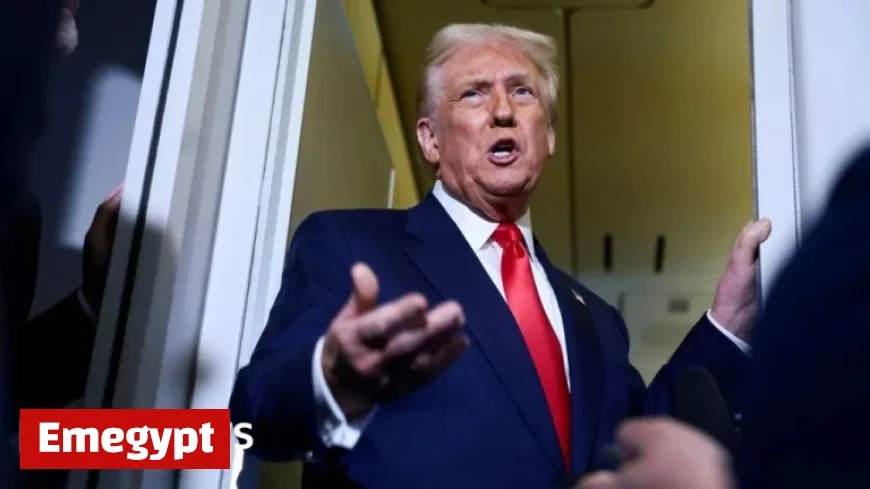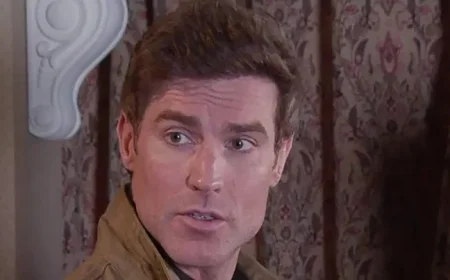Is Trump’s Nuclear Testing Escalating the Arms Race or Are We Already in One

President Donald Trump has recently announced plans for the United States to resume nuclear weapon testing. This decision represents a significant shift in U.S. policy on nuclear arms. Trump’s announcement came through a message on his social media platform, Truth Social, shortly before a meeting with the Chinese president.
Details of the Announcement
In his post, Trump stated, “Because of other countries’ testing programs, I have instructed the Department of War to start testing our Nuclear Weapons on an equal basis.” He claimed that this process would begin immediately, raising questions about the nature of these tests—whether they would involve actual nuclear warheads or just their delivery systems.
Expert Opinions on Nuclear Testing
Policy experts express concern over the implications of restarting nuclear tests. Most agree that this move could escalate an already tense global environment, potentially initiating a new arms race. Jamie Kwong, a nuclear policy fellow at the Carnegie Endowment for International Peace, noted, “We’re at a very concerning moment where the US, Russia, and China could enter an arms race.”
Darya Dolzikova, a senior research fellow at the Royal United Services Institute, indicated that, while Trump’s comments may not drastically alter the current situation, they contribute to rising nuclear risks globally.
Escalating Global Conflicts
Current global conflicts further complicate the nuclear landscape. The ongoing war in Ukraine highlights the dangers, especially with Russia’s President Putin occasionally threatening to use nuclear weapons. Unresolved tensions between India and Pakistan also contribute to this volatile situation, as does the ongoing conflict involving Iran.
Nuclear Arsenals and Treaties
The last existing treaty limiting U.S. and Russian nuclear arsenals is set to expire in February next year. According to the Stockholm International Peace Research Institute (Sipri), Russia currently holds 5,459 nuclear warheads, while the U.S. has 5,177. China’s arsenal is significantly smaller at around 600 warheads.
Responses from Russia and China
Both Russia and China have expressed wariness about the U.S. resuming nuclear tests. A Kremlin spokesman stated, “If someone departs from the moratorium, Russia will act accordingly.” Meanwhile, China reiterated its hope that the U.S. would adhere to the Comprehensive Nuclear-Test-Ban Treaty.
The Path Forward
The potential revival of U.S. nuclear testing raises multiple concerns. Daryl Kimball from the Arms Control Association believes that such a move would be historically detrimental to international security. He fears it could lead to an unchecked arms race involving the U.S., Russia, and China.
Hans Kristensen, director of the Nuclear Information Project, mentioned the alarming increase in nuclear warheads over the past five years, a trend reminiscent of the Cold War. The last U.S. nuclear test was conducted underground in Nevada in 1992.
The Risk of a New Arms Race
Final assessments suggest a new nuclear arms race may already be underway. Experts warn that increasing military tensions and competition among nuclear powers could heighten the risk of nuclear conflict.
As global leaders navigate these treacherous waters, the potential for nuclear testing and its implications are a serious matter of concern for international security. The world remains at a critical juncture, with significant challenges looming on the horizon.































